Invasive Species
Special thanks to an April 2023 student team in the GEOL 1333 Sustainability course taught by Ward Allebach for creating this content.
What is an Invasive Species?
- A species that is non-native to an ecosystem and whose introduction causes environmental, economic, and human harm (U.S. Department of Agriculture, 2019).
- Invasive Species include plants and animals, as well as pathogens such as diseases and parasites (U.S. Department of the Interior, n.d).
- Not all non-native species are invasive species.
How Do They Spread?
- They are spread primarily, both intentionally and unintentionally, through human activity such as intentional release of ship ballast water, unintentionally in the wood of shipping crates & pallets, through personal transportation such as cars, through plants introduced through ornamental landscaping, releasing of pets, and more.

Ship Discharging Ballast Water (CSIRO)
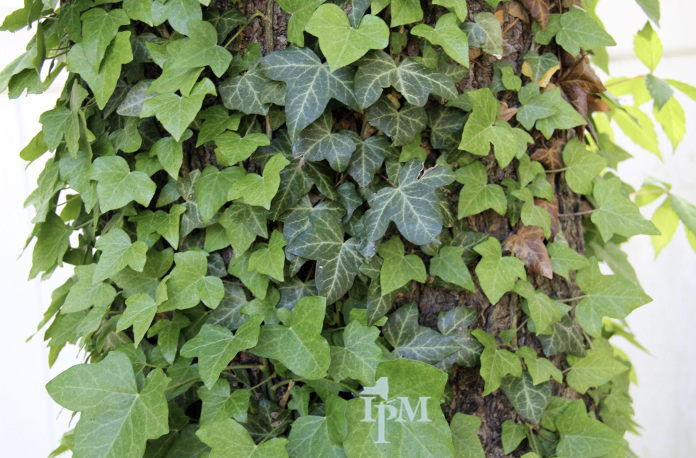
English Ivy on White Pine (NY State IPM Program at Cornell University)
Why Focus on Invasive Species?
- Invasive species can have drastic negative impacts on the economy, ecosystems, and human health.
- According to the USDA, invasive species have cost the US $2 billion annually in economic harm.
- They can introduce diseases such as the West Nile Virus, Avian Influenza, White nose disease, Chestnut Blight, and Dutch Elm Disease. Learn More
How to Manage Invasive Species
- Prevention
- Early detection of species before they become widespread and can do harm is the best way to manage invasive species (PA DCNR).
- This saves money and time and prevents harm to native ecosystems.
- Taking steps to prevent the introduction of invasive species such as not planting them in the first place, cleaning gear, and checking soil and mulch for contaminants are simple, yet effective ways to prevent their spread (PA DCNR).
- Early detection of species before they become widespread and can do harm is the best way to manage invasive species (PA DCNR).
- Physical Control
- The use of hand pulling, mechanical tools, mowers, setting up traps, etc. can be useful for controlling and removing species on a small scale (PA DCNR).
- Chemical Control
- Chemicals can be used to manage invasive species when other options become impractical or too expensive, or when their harm can be effectively minimized (PA DCNR).
- Using chemicals to manage invasive species can have drastic and unintended consequences, harming plants and animals not intended as targets and even having negative effects on human health.
- More information about pesticides can be found here or on PAN International’s List of Highly Hazardous Pesticides.
- However, some of the most hazardous active ingredients in chemicals that should be avoided are:
- Arsenic
- Borax
- DNOC
- Glyphosate (the active ingredient in Roundup)
- Mercury
- Tributyltin
- Paraffin oils
- Consider referencing the EPA’s Do’s and Don’ts of Pest Control to learn more about how to protect yourself and the environment when using pesticides.
- Biocontrol
- Biocontrol is “the use of animals, fungi or other microbes to feed upon, parasitize or otherwise interfere with a targeted invasive species” (PA DCNR).
- This involves identifying the natural enemies of invasive species and integrating them as biological controls in ways that will not cause further harm to the economy, ecosystems, or humans (Cornell University)
- The Pittsburgh Parks Conservancy uses goats provided by Allegheny Goatscape to manage invasive species in their parks (Learn More).
How The University of Pittsburgh Manages Invasive Species
- As per the University of Pittsburgh’s Sustainable Landscape Design Guidelines, the University is dedicated to preventing further introduction of invasive species, including:
- Prohibiting the planting of non-native, invasive species, giving preference instead to native plants.
- Making sure mulch or topsoil is free of invasive plant propagates
- Identifying and removing existing invasive species
- The Sustainable Landscape Design Guidelines also state that the use of synthetic fertilizers, herbicides, and other chemicals that can cause harm to the environment, should be minimized, instead prioritizing other methods of management such as prevention and physical control.
What Can You Do to Help?
- Learn to identify invasive species!
- The Pittsburgh Parks Conservancy created an online guide to the Invasive Plants of Pittsburgh.
- Invasive and native species can commonly be mistaken! See the Delaware Department Agriculture’s Mistaken Identity? guide to learn how to tell the difference.
- Remove invasive species when you see them and take steps to prevent their spread.
- Be respectful; if you see invasive species in parks, preserves, or locations you are visiting, do not remove it, but instead report them to the respective organization or agency that manages the area.
- Report invasive species to the Pennsylvania Department of Agriculture: Report an Invasive Species (pa.gov)
- Use species mapping and identification tools such as:
- And simply, choose to plant native plants!
Common Invasive Plant Species
See PA DCNR Invasive Plant Fact Sheets for more information about each species.
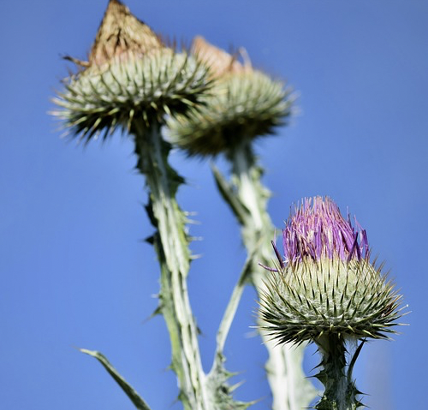
Common Thistle (Cirsium vulgare)
Range: Native to Europe & Asia. Now found on every continent
Threat: Displaces native plants and avoids predation due to thistles
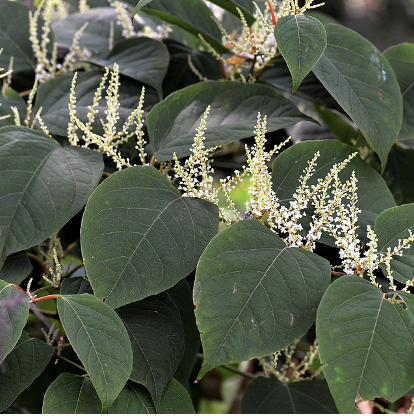
Japanese Knotweed (Fallopi japonica)
Range: Native to japan. Invasive to US, canada, & Europe
Threat: Quickly displaces native plants, clogs waterways increases erosion, and decreases quality of riparian habitats
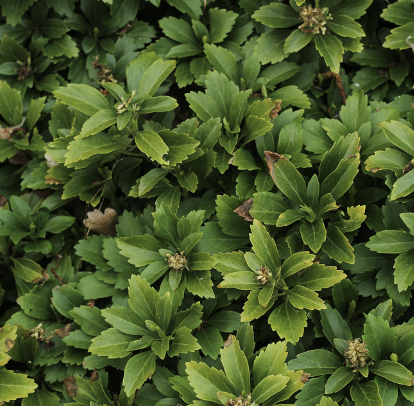
Japanese pachysandra (Pachysandra terminalis)
Range: Native to East Asia. Invasive to the mid-atlantic US
Threat: Grows and spreads quickly, forming a monoculture that has little benefit to native ecosystems and wildlife
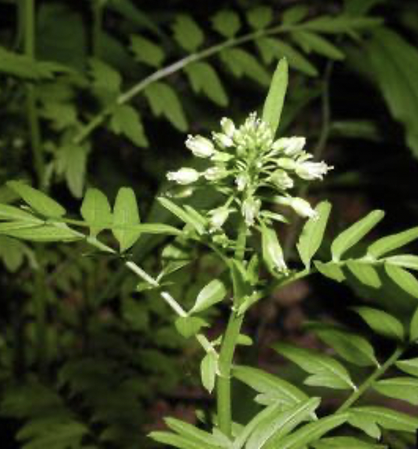
Narrow bittercress (Cardamine impatiens)
Range: Native to Europe. Invasive to many parts in the US
Threat: Outcompetes native species
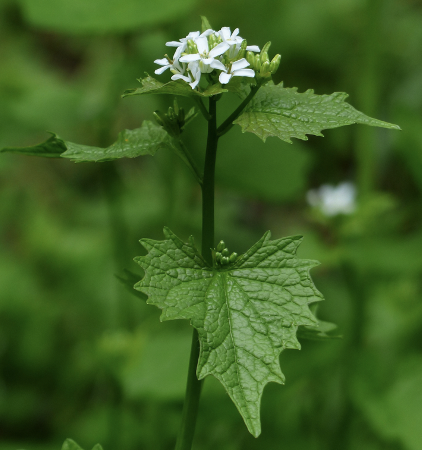
Garlic Mustard (Allaria petiolata)
Range: Native to Europe. Invasive to US
Threat:Invades ecosystems and outcompetes ephemeral flowers by taking resources and releasing compounds that inhibit germination of native plant seeds
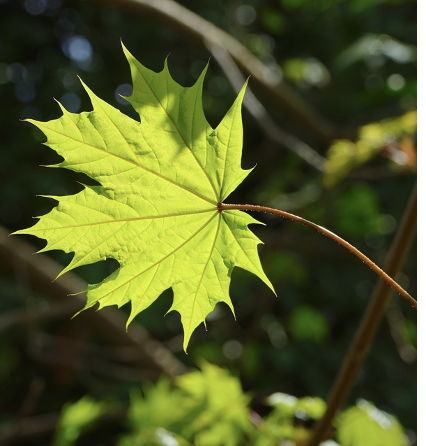
Norway Maple (Acer platanoides)
Range: Native to Europe Invasive to US
Threat: Shade tolerant and outcompetes native trees, decreasing overal biodiversity
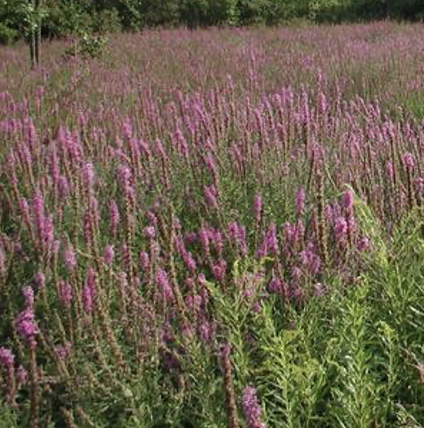
Purple Loosestrife (Lythrum salicaria)
Range: Native to Europe & Asia. Invasive to much of the US
Threat: Invades wetlands, outcompeting native plants and decreasing habitat for native wildlife
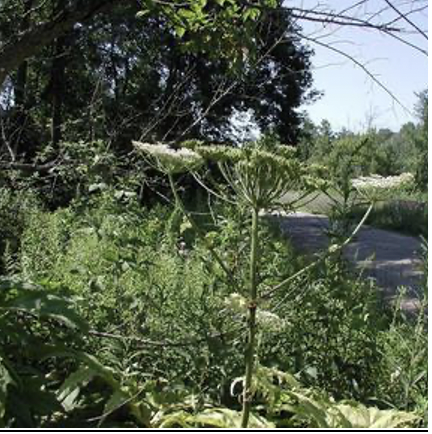
Giant Hogweed (Heracleum Mantegazzianum)
Range: Native to central and southwest Asia. Invasive to US & Europe
Threat: Grows rapidly and displaces native plants. Its sap makes human skin sensitive to ultraviolet light which cause severe burns
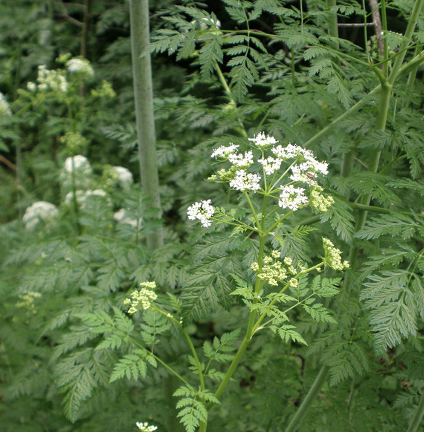
Poison Hemlock (Conium maculatum)
Range: Native to Europe, west Asia, and North Africa. Invasive to the US
Threat: A pioneer species that quickly colonizes and invades habitats. It is poisonous to humans and animals
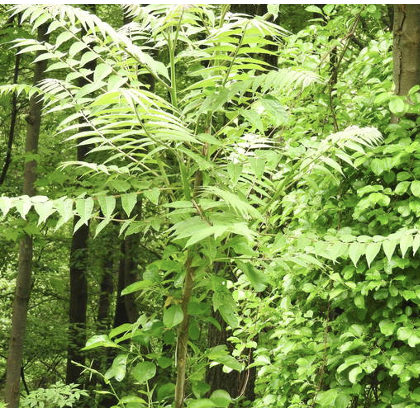
Tree of Heaven/Chinese sumac (Ailanthus altissima)
Range: Native to China. Invasive to much of the US
Threat: Grows quickly and releases chemicals from its roots that make it difficult for other plants to establish. Known to damage sewer lines and foundations. Host to the invasive Spotted Lanternfly
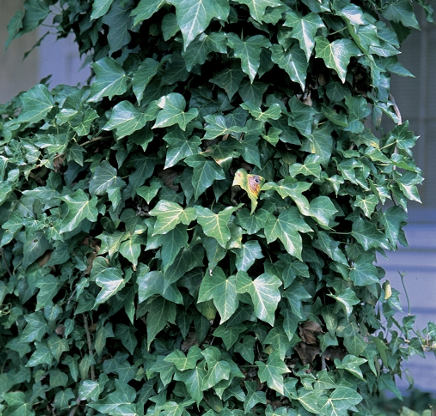
English Ivy (Hendra helic)
Range: Native to Europe, western Africa, and northern Africa. Invasive to the eastern and southern US, as well as along the west coast
Threat: It is a climbing vine that can ruin the structural integrity of plants and buildings. Competes for light and space and is known to host Bacterial Leaf Scorch
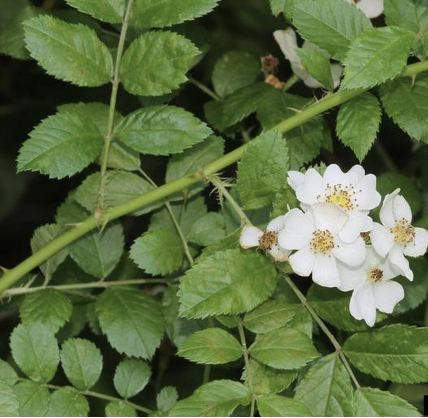
Multiflora Rose (Rosa multiflora)
Range: Native to Asia. Invasive to much of the US
Threat: Can climb and harm trees. Outcompetes native plants and is inedible to native wildlife
This webpage was created in April 2023 by a student team in the GEOL 1333 Sustainability course taught by Ward Allebach.